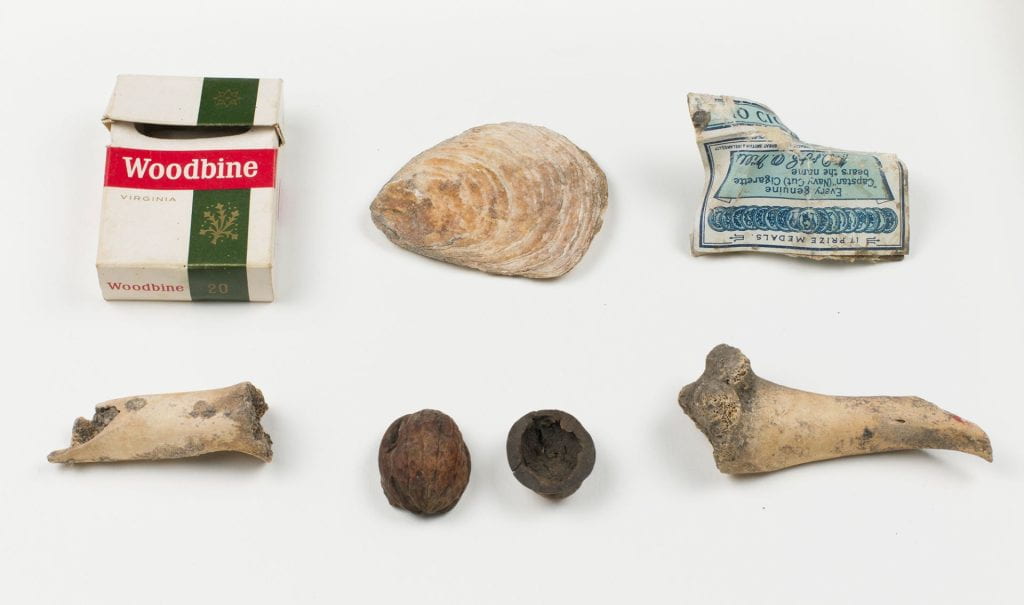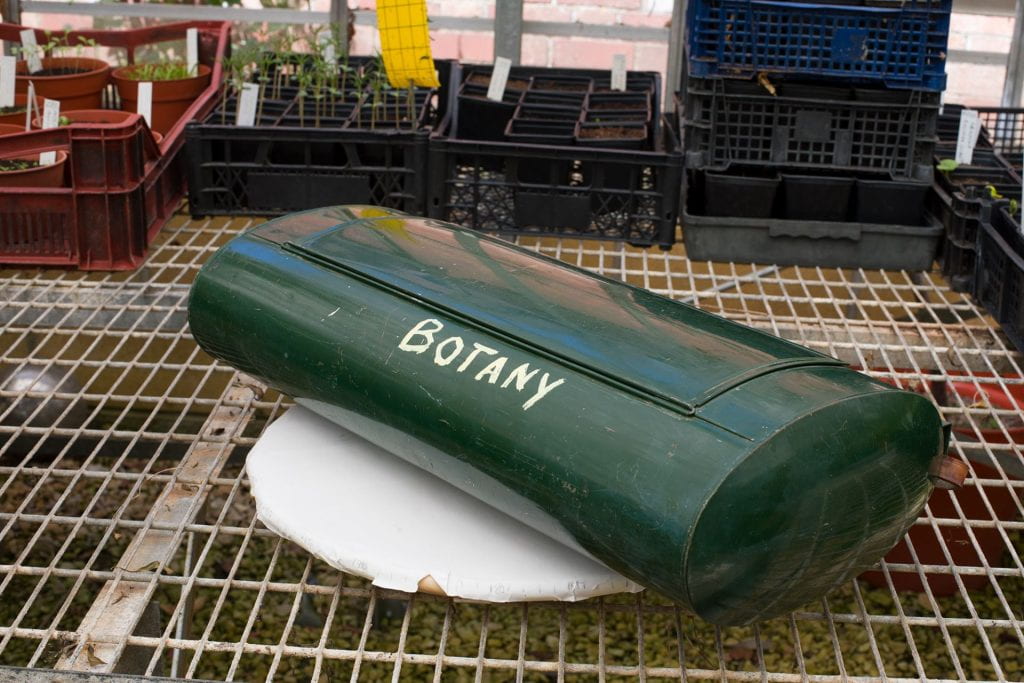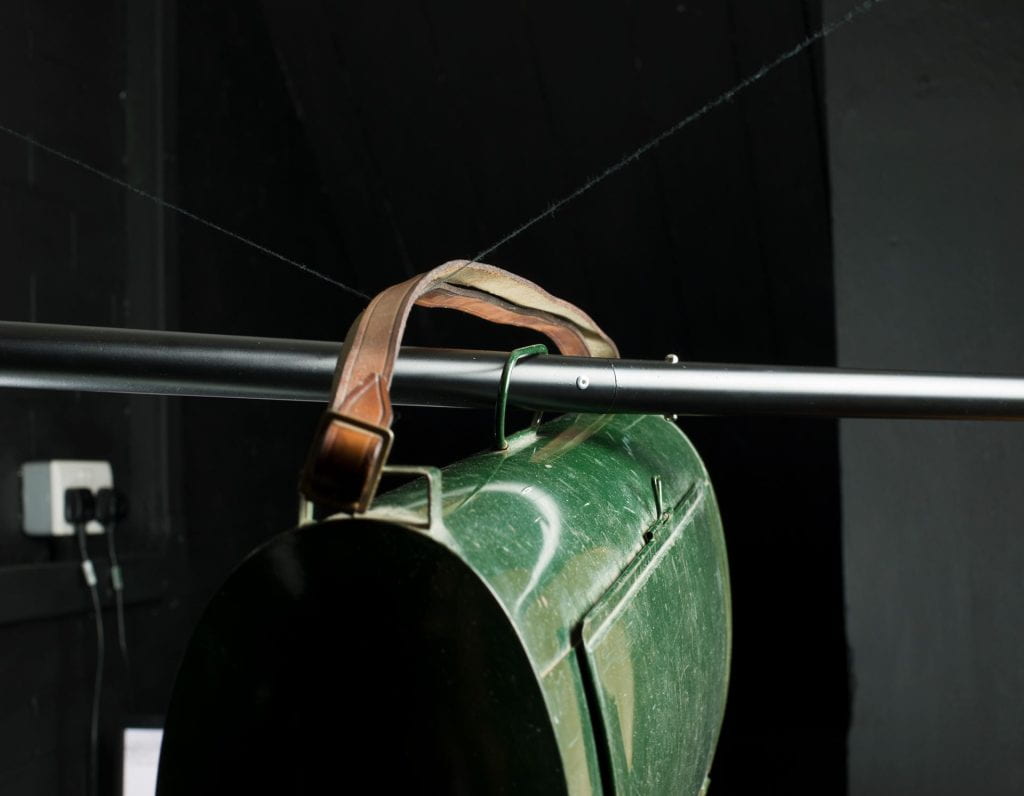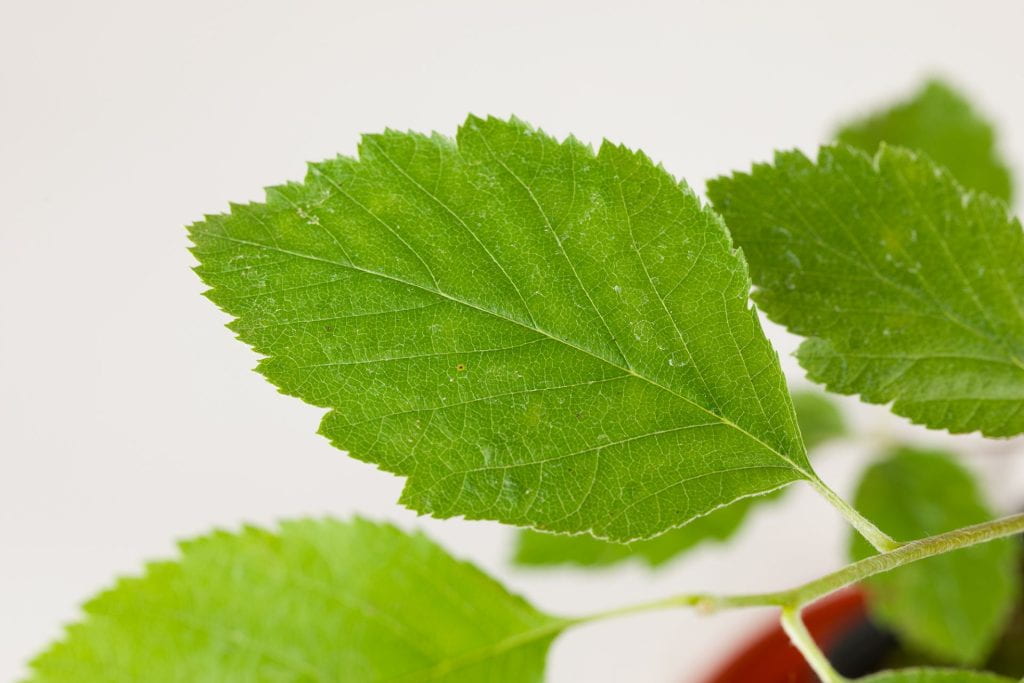As the Digitisation Officer at the Theatre Collection, I’ve been working on various funded projects that have allowed me to explore and test different 3D capture techniques, including using a DSLR and a 3D model building application to create 3D versions of items in the collection. For example, I was involved in the ‘Making A Scene’ project where I digitised set models from the Bristol Old Vic archive. I photographed and created 3D versions of set model pieces from ‘Babes in the Wood’ (2000), which could then be used in an AR environment for participants to engage with and understand the process of organising a theatre production.
More recently, I’ve been working as part of the team 3D scanning objects for The Uncertain Space, a virtual university museum, where items from across the university’s collection can be explored in one place.
Initially, I was provided with a list of items that needed 3D scanning. Working with my colleague in Library Services, we divided up the scanning work and grouped objects from different departments together. We each contacted the various departments involved to gain access to the material and arrange times and locations for the scanning to take place.
I began by scanning the items on the list that were held at the Theatre Collection. However, some of these items were particularly tricky to scan due to their textural qualities, including shiny and reflective surfaces. Different capture techniques were implemented depending on the items being scanned, as the two approaches I use have different benefits depending on the qualities of the item. The items scanned included objects discovered under the Theatre Royal auditorium during excavation works (ref no. BOV/12/5) and additional archaeological findings discovered under Theatre Royal auditorium (ref no. BOV/12/6).

Another item scanned was the ‘brick on wheels’ (ref no. WSI/UNCA/11) from the archive of the arts organisation, Welfare State International (WSI). It was made by John Fox, one of the founders of WSI, in response to the Arts Council’s ‘Housing the Arts’ (HTA) programme in the 1970s. HTA was funding capital projects to improve and construct new buildings to showcase art and performances. John didn’t want funding for ‘bricks and mortar’, but rather a vehicle that could take WSI’s work around the country to share performance more widely. John’s request with the ‘brick on wheels’ was presented at the committee meeting, and suffice to say, WSI got the funding they needed to get a vehicle! 3D model of the ‘brick on wheels’.
In addition to the Theatre Collection, I also visited other university departments to scan objects. I had the opportunity to spend the day at School of Earth Sciences, where we scanned a range of objects from their collection. This included fossilised items, a piece of malachite, 3D large maps and animal skeletons.
Arrangements were also made to visit the University’s Botanic Gardens. A range of capture equipment was taken to the Botanic Gardens to see if a vasculum, a container used for collecting plants and whitebeam tree branch could be captured on location.


I had the chance to work in one of the greenhouses using the Artec Leo scanner and DSLR camera, using both capture techniques to see if a usable model could be created. When these files were returned to the Theatre Collection and processed it was identified that a different capture set up would be needed. It was then arranged to get the items and bring them to the photography studio, where I could suspend the vasculum and fix the strap in place so it didn’t move during the capture of the item.

The whitebeam was also lit in the studio and recaptured using the DSLR camera, as the fine detail of the plant was not possible to capture using the Artec scanner.

I also worked with different collection specialists, including the Public Art Coordinator, and arranged to visit the Hiatt Baker Halls of Residence to capture an installed Sarah Staton print. The print was captured and the files checked, although a second trip was required to ensure reflections and light falling onto the framed print were blocked and not visible in the final digitised copy. The work created by the young participants involved in the project was scanned to be included in the virtual museum, adding another element to The Uncertain Space.
The project included lots of experimentation and learning using both techniques of photogrammetry and structured light scanning, as well as finding ways to manipulate light. As with all projects, it would have been beneficial to have extra time to continue capturing and processing models, including finding ways to capture shiny objects, such as the mirror curtain fragments. But it was such a great experience to work with staff from different departments across the University, who were excited to share their knowledge and support the project.
I really enjoy the dynamic aspect of the virtual museum and everything the experience includes, such as the 3D models, photographs of collection material, images of the public art, scans of new material created by the participants and video elements. I feel the ability to move through the space and interact with the different elements, as well as hearing the audio information and opinions, adds to the virtual museum experience.
You can visit the virtual museum and the first exhibition by using a laptop, PC or mobile device via The Uncertain Space webpage. Alternatively, you can download the spatial.io app onto a phone or VR headset. There are also VR headsets available onsite for anyone to view the exhibition, please get in touch and book a visit to the Theatre Collection or Special Collections.
You can read more about the making of The Uncertain Space and its first exhibition on the blogs of our colleagues from Library Research Support and Special Collections
